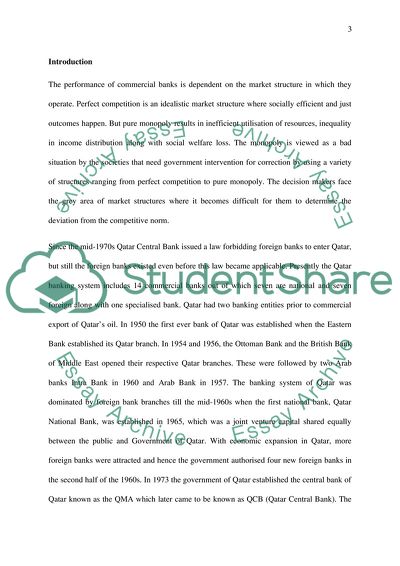Cite this document
(Banking in qatar Thesis Example | Topics and Well Written Essays - 2000 words, n.d.)
Banking in qatar Thesis Example | Topics and Well Written Essays - 2000 words. https://studentshare.org/finance-accounting/1820677-banking-in-qatar
Banking in qatar Thesis Example | Topics and Well Written Essays - 2000 words. https://studentshare.org/finance-accounting/1820677-banking-in-qatar
(Banking in Qatar Thesis Example | Topics and Well Written Essays - 2000 Words)
Banking in Qatar Thesis Example | Topics and Well Written Essays - 2000 Words. https://studentshare.org/finance-accounting/1820677-banking-in-qatar.
Banking in Qatar Thesis Example | Topics and Well Written Essays - 2000 Words. https://studentshare.org/finance-accounting/1820677-banking-in-qatar.
“Banking in Qatar Thesis Example | Topics and Well Written Essays - 2000 Words”. https://studentshare.org/finance-accounting/1820677-banking-in-qatar.


